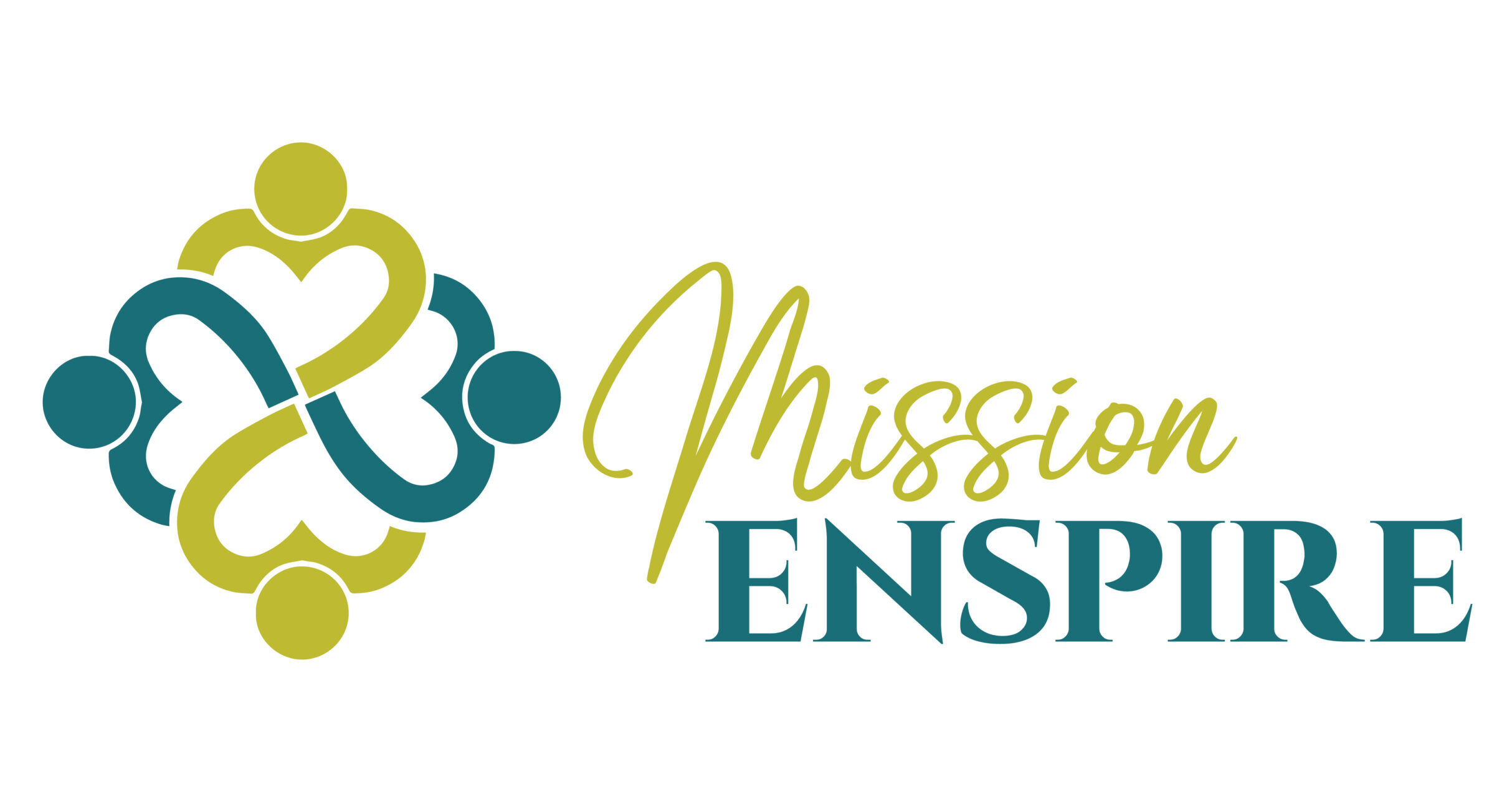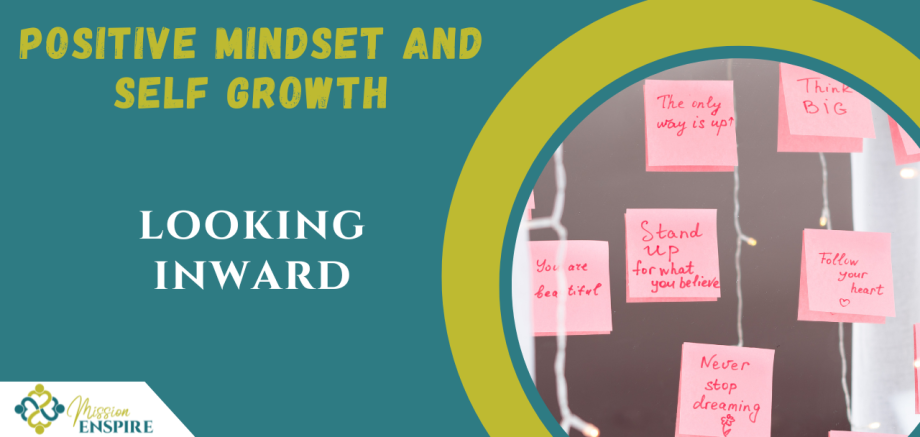Happy Thursday, Flourishing Fiercely readers! Last week, I wrote about some ways to get support from others around you in your self-growth journey; and this week, to close out January, I want to turn the focus back onto ourselves and talk about some techniques that we can use to cultivate our positive mindset to support us in our self-growth plan for 2024. These techniques are fairly simple on one level–but sometimes take practice to implement and internalize in our busy day to day lives.
Use Meditation to Create Awareness
There are many ways to interpret and define the concept of awareness. For our purposes, let’s look at this term as it relates to self-development and growth. Awareness refers to the unbiased power of observation, without self-influenced thoughts or perceptions getting in the way. As humans, we are inherently biased to view the world through our own lens. We make meaning of the world around us through our own filters, and sometimes those filters are heavily clouded by false notions, low self-worth or misunderstanding. To be aware is to grasp the meaning of an event, circumstance or experience through a clearer lens, absent of as much bias as is possible. It is to see things as they are. In order to reach this capability, you need to be present in the moment and to block out distractions such as your inner negative self-talk. One of the most effective methods for gaining unadulterated awareness is to employ a practice of meditation. You’ll discover how you can use meditation to create awareness by reading the benefits it brings listed below.
- Brings the Present to Focus. In order to become more aware and to notice things in the present as they truly are, things that others might miss, you need to cultivate mindfulness. Mindfulness is the art of experiencing the present moment, or the here and now. With so many worries and obligations, most of us are thinking of a million things throughout our day. When we have such distractions clouding our thoughts, it’s impossible to be fully aware. Our senses become dulled, and we miss what is occurring in the moment. Meditation helps to clear the mind and train your brain to eliminate the clutter.
- Clears the Clutter. Meditation comes in various forms. It truly doesn’t matter which type you utilize, as long as you engage in some form on a regular basis. It takes practice to learn to filter out the useless noise of your mind and learn to focus on the present. An easy way to begin is to simply sit in a quiet space with your eyes closed and take deep breaths in and out. Focus on just your breathing. If a stray thought enters your mind, it’s okay to take note of it. Then push it aside to return to your breathing. This will require practice, but soon you’ll find yourself easily ignoring the clutter in your brain and focusing on your breath or other chosen object.
- Gain Control. So many of us allow our thoughts and impulses to control us. We react to every emotion and are thrown into a state of chaos with the slightest bit of upheaval. You may recognize yourself in these statements. If so, know that meditation can help you to gain control over your thoughts, fears and emotions. With this control comes greater awareness without bias. Your mind and its contents are your tools. You are in charge of how you use them. As you practice meditation, you will note this transformation occurs gradually. It is an incredibly empowering realization to know you are in control.
Meditation can take many forms and variations. Some folks combine physical movement with a meditation and mindfulness practice–for example, doing yoga or tai chi. Meditation can intertwine with prayer if you have a spiritual practice, or it can be completely secular. However you choose to personalize your practice, meditation can increase and enhance your awareness. Becoming more aware of your world as it truly is, rather than viewing it through a clouded lens, is essential to any successful self-growth path.
Get in the Habit of Giving Yourself a Pep Talk
Because the way we think has such an effect on our feelings and behaviors, it would make sense to place a great deal of emphasis on improving those thoughts. Learning to recognize negative self-talk and transform those messages into more positive, realistic statements can be daunting. However, it’s definitely an activity worth pursuing for its returns on the investment. Another extremely powerful method for overriding the toxicity of intrusive thoughts is to use regular affirmations to remind yourself of what’s good and wonderful about you. When you get in the habit of giving yourself a pep talk every day, you’ll soon start to believe the words you are saying and internalize them as truth. The magnificent transformation this small change in behavior can bring is astounding. Check out some of the benefits of self-affirmations, how they work and how these positive recitations can change your life.
- About Positive Affirmations. Affirmations are positive statements that are used to enhance and help solidify beliefs. They can be written down or recited verbally. What’s important about these sentences is that they are concise and personally meaningful. The goal in utilizing these short statements as tools is to affirm them to ourselves or to practice repeating them until we believe them. Repeated exposure to a message can be quite influential. Consider the impact the negative messages you repeatedly feed yourself has had on your psyche. Those toxic effects can be combated through exposure to positive messages. The use of simple affirmations such as, “I am worthy of love,” or “I am capable in my work,” can be used to help you impact a number of areas in your life. Use positive affirmations or pep talks to overcome habits that you’re trying to change, move forward in your career or become more confident, along with countless other purposes.
- How They Work. Learning anything well enough that it comes entrenched in your mind or habitual involves repetition. That is the premise behind affirmations. It is the repeating of these upbeat and affirming phrases that helps you to internalize them. Essentially, repetition of anything will reprogram your brain’s circuits in order to change the new into the familiar. By stating your daily mantras over and over again, you are hardwiring your brain to accept them as truth. Hence, you believe them and then you start to live them. Just as your old self-sabotaging thoughts held you back, these new energizing ones can propel you forward in a myriad of ways.
- How to Use Them. First, brainstorm the areas in which you feel you could use the most positivity in order to break free of self-limiting beliefs. Make a list. Then choose two or three areas that are most important to you and write down a handful of phrases in each category. Keep the ones that most resonate with you and use them as your daily affirmations. Keep this list handy so you can pull it out whenever you need a quick pep talk, but also choose a time each day to sit with your words and recite them. You can do this silently to yourself or read them out loud for more effect. Many people embark on this practice first thing in the morning, as they find it’s a great way to start the day on a high note. Some prefer other times that are more in sync with their lifestyle. The choice is yours.
Getting in the habit of giving yourself a pep talk by reciting your affirmations is one of the most empowering acts you can do when it comes to growing as a person. Be sure to stick with the habit for at least 30 days and be consistent. You’ll gradually begin to notice a transformation in your thoughts and behaviors like you never could have expected.
One of my favorite things about meditation and affirmations is that you can do them anywhere. Sure, a getaway like a retreat or a beautiful setting like a beach can help set the mood for cultivating a positive mindset–I have great memories of how powerful it was to participate in group affirmations at the Black Woman Leading LIVE summit last spring, or how peaceful it was to dial in to my thoughts while on the beach one evening listening to the waves during that same retreat trip–but I find it just as easy and beneficial to practice meditation and affirmations in the “everyday” environment of my own home. I hope this January series has given you some inspiration and ideas to get started on cultivating your positive mindset and setting your self-growth goals for the year. Stay tuned for next week’s post as we move to a new theme for February!


Thank you, Jen. I enjoyed the January series. I am looking forward to February.